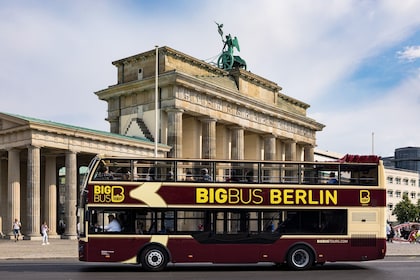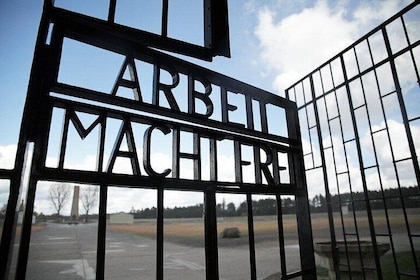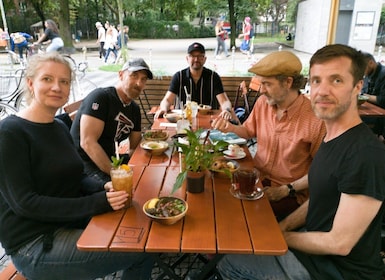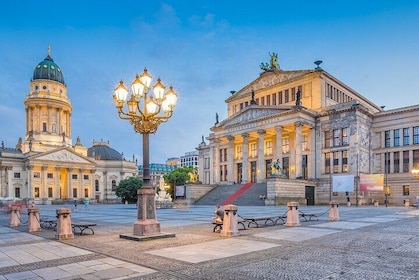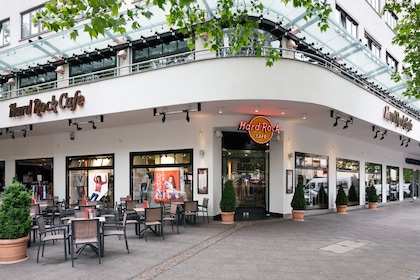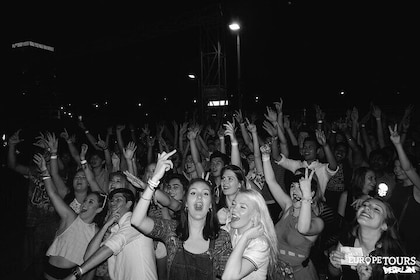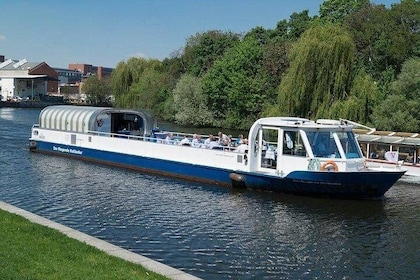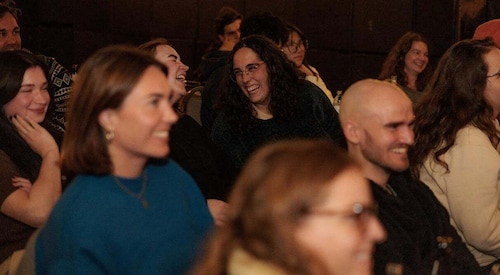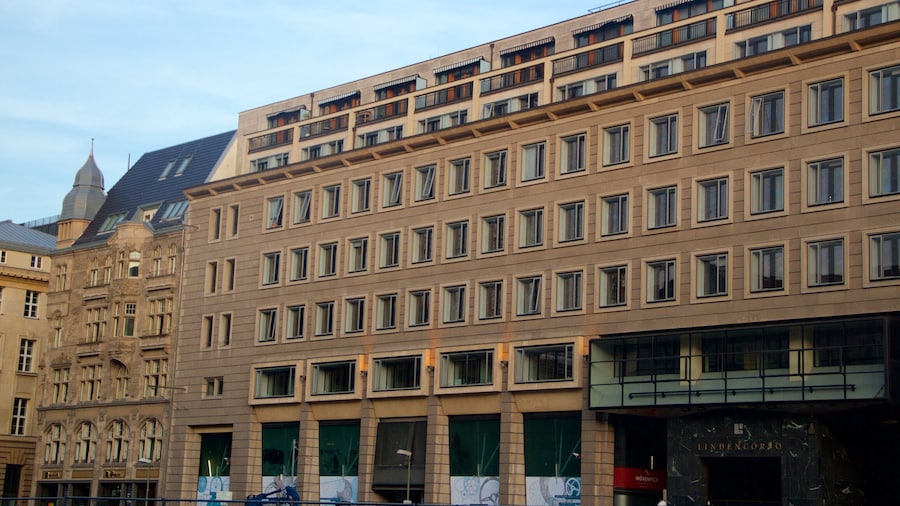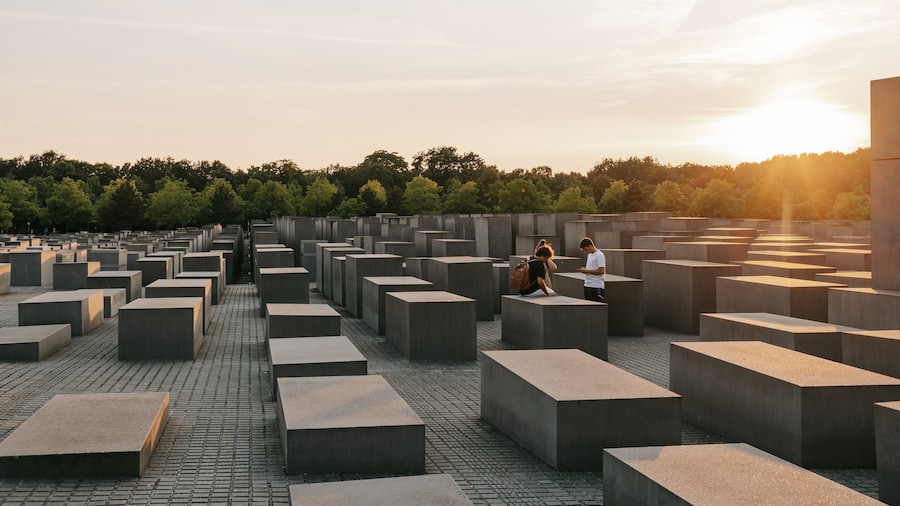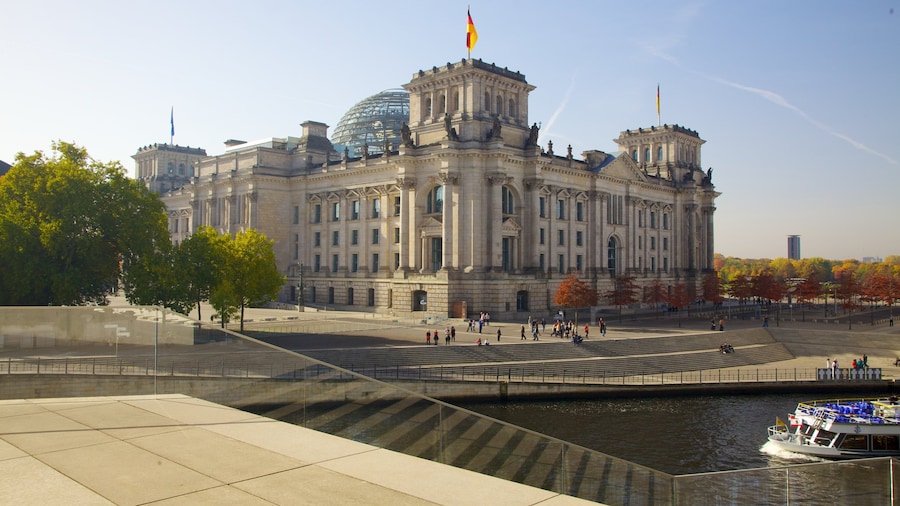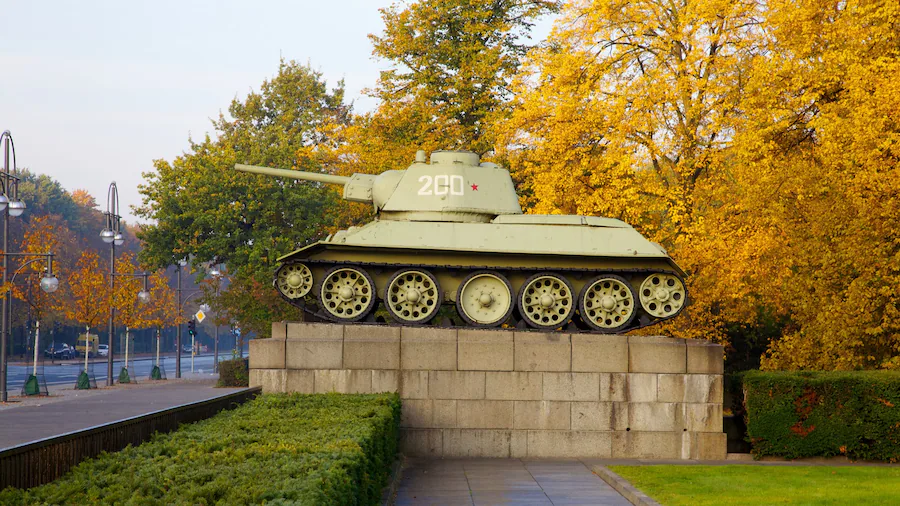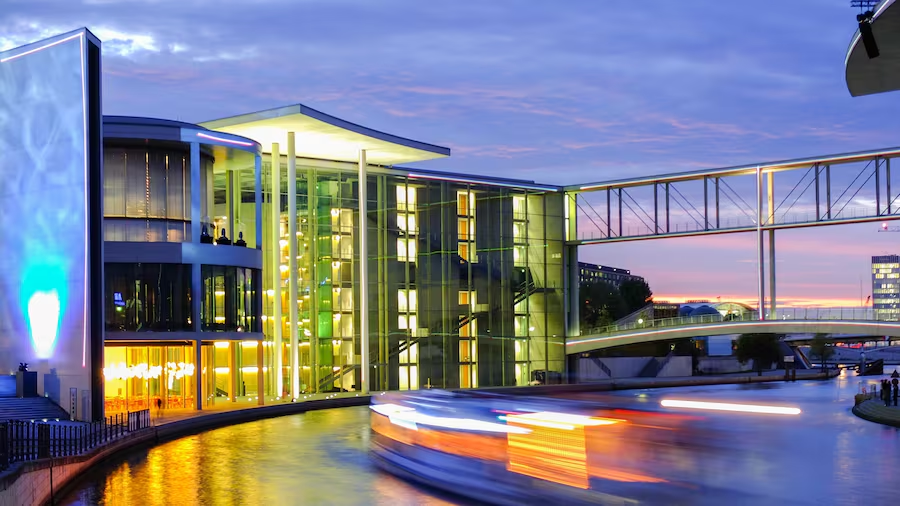This symbol of German unification ranks alongside Paris' Arc de Triomphe as one of Europe’s most iconic and emotive monuments.
The history of Brandenburg Gate – an enormous, sandstone, neoclassical arch – is inextricably linked with the history of Berlin and Germany. Built in 1791 to mark the entrance to Unter den Linden, Berlin's grandest boulevard, the arch was originally created as a symbol of peace. Standing 85-feet (30-meters) high, the Brandenburg Gate was modeled on the gateway to the Acropolis in Athens. When Napoleon defeated the Prussians in 1806, he marched triumphantly through the gate into Berlin, before taking the gate’s crowning statue, Victoria, the Goddess of Victory, back to France as a spoil of war. Victoria was later returned and once again sits atop the gate driving her chariot of horses.The gate was used as a powerful propaganda tool by the Nazis, and after World War II was left in near ruins on the border between East and West Germany. U.S. President Ronald Reagan gave his famous speech here in 1987, where he demanded, “Gorbachev – tear down this wall!” In December 1989, the gate was reopened to traffic between the East and West and the monument was again recast as a symbol of unity.Before walking through the gate, spend a little time in the Raum der Stille (Room of Silence), a simple room where people from all denominations and walks of life are invited to leave behind their differences and sit together. When you do pass beneath the gate’s five imposing passageways and heroic friezes representing Greek myology, you’ll be forgiven if you feel a little overwhelmed the weight of history is almost palpable here. Look for the informative signs which document the history of the gate and all it has come to symbolize throughout the last 200 years. The gate is always a dramatic sight, but is particularly spectacular when lit up at night and for New Year celebrations.The Brandenburg Gate sits between the Reichstag building and the Holocaust Memorial, and directly across from the Tiergarten. It’s also close to Friedrichstrasse, one of Berlin's main shopping and dining streets, and is serviced by S-Bahn and U-Bahn train stations.











